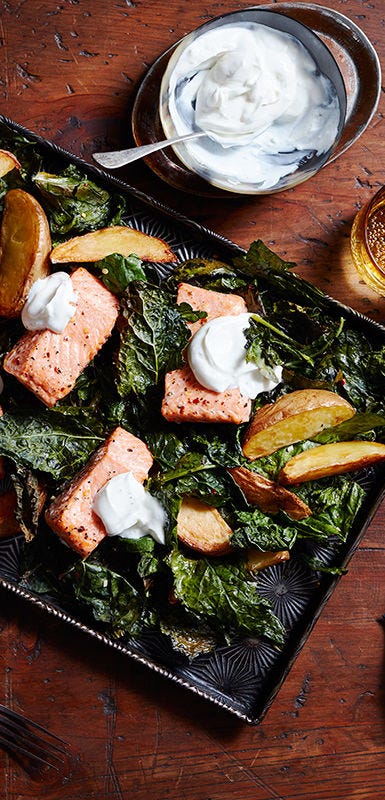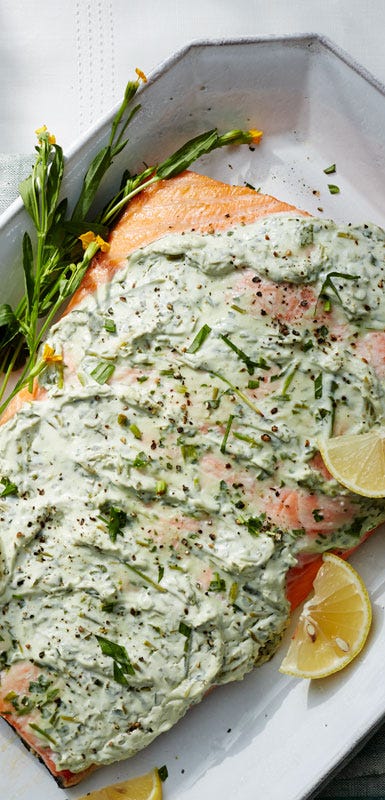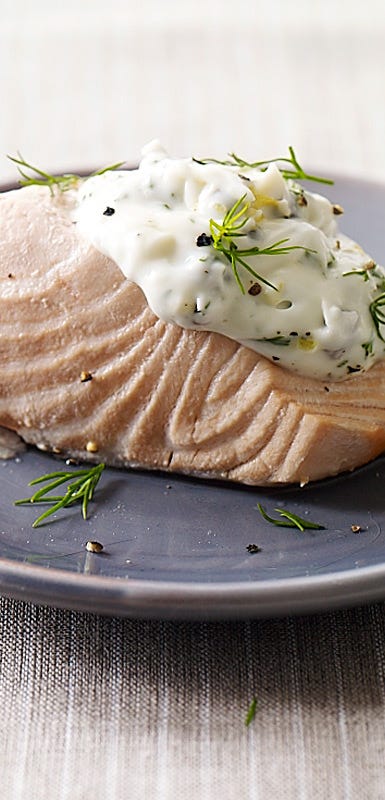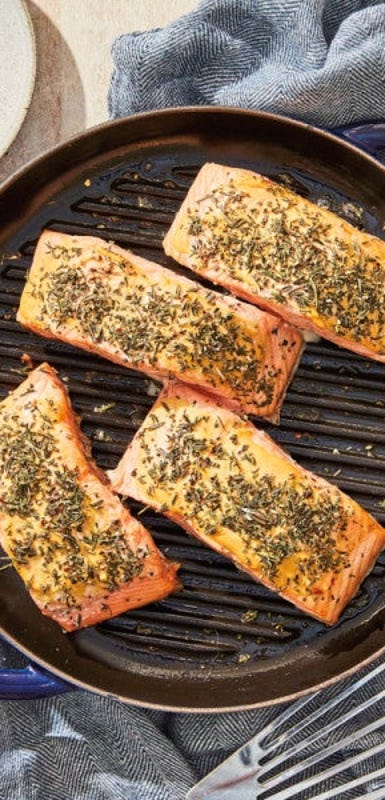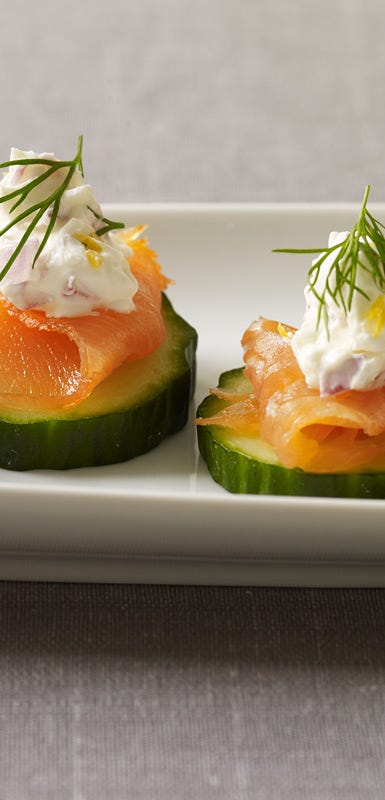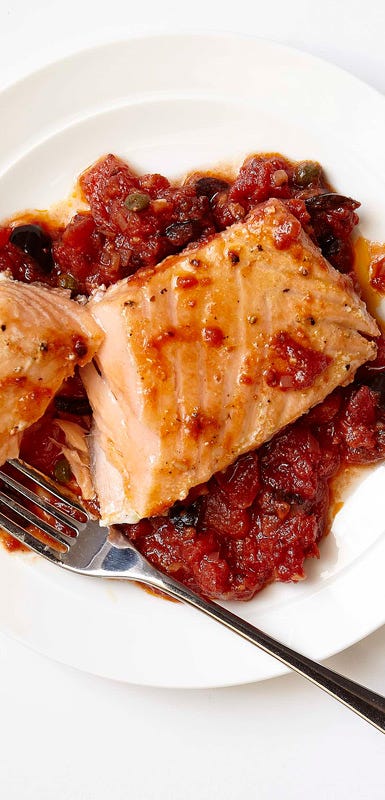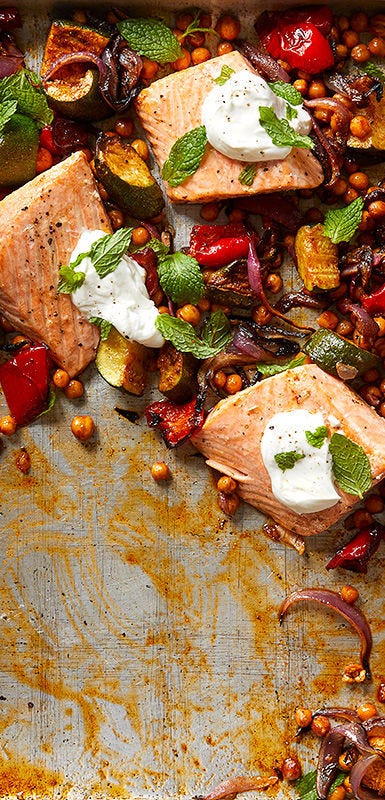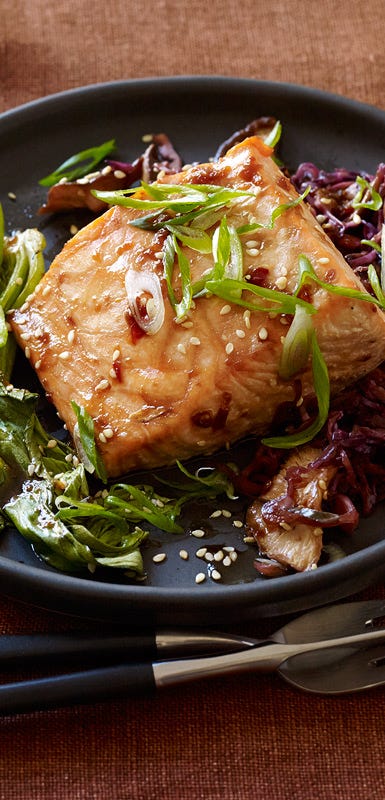All About Salmon
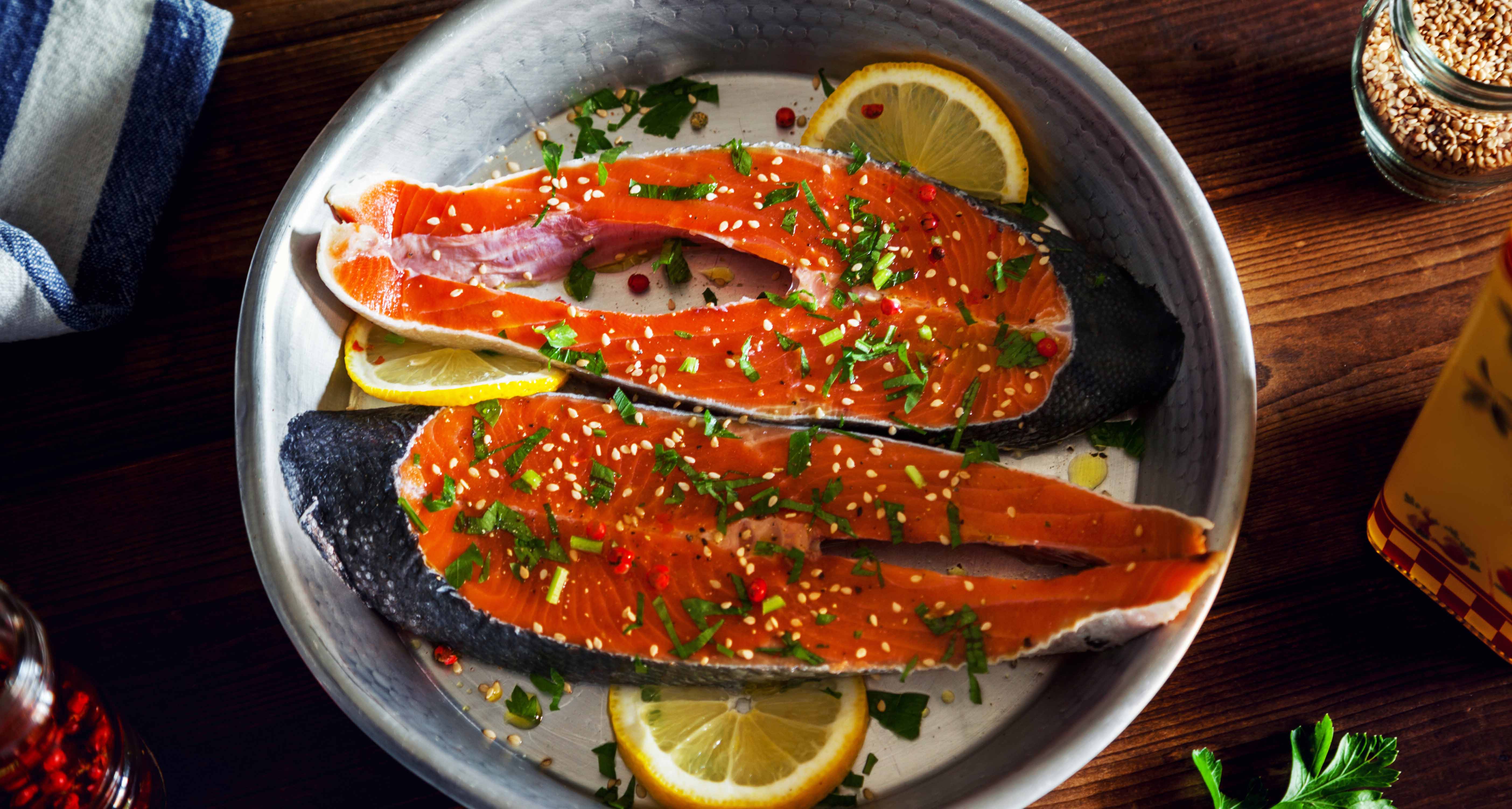
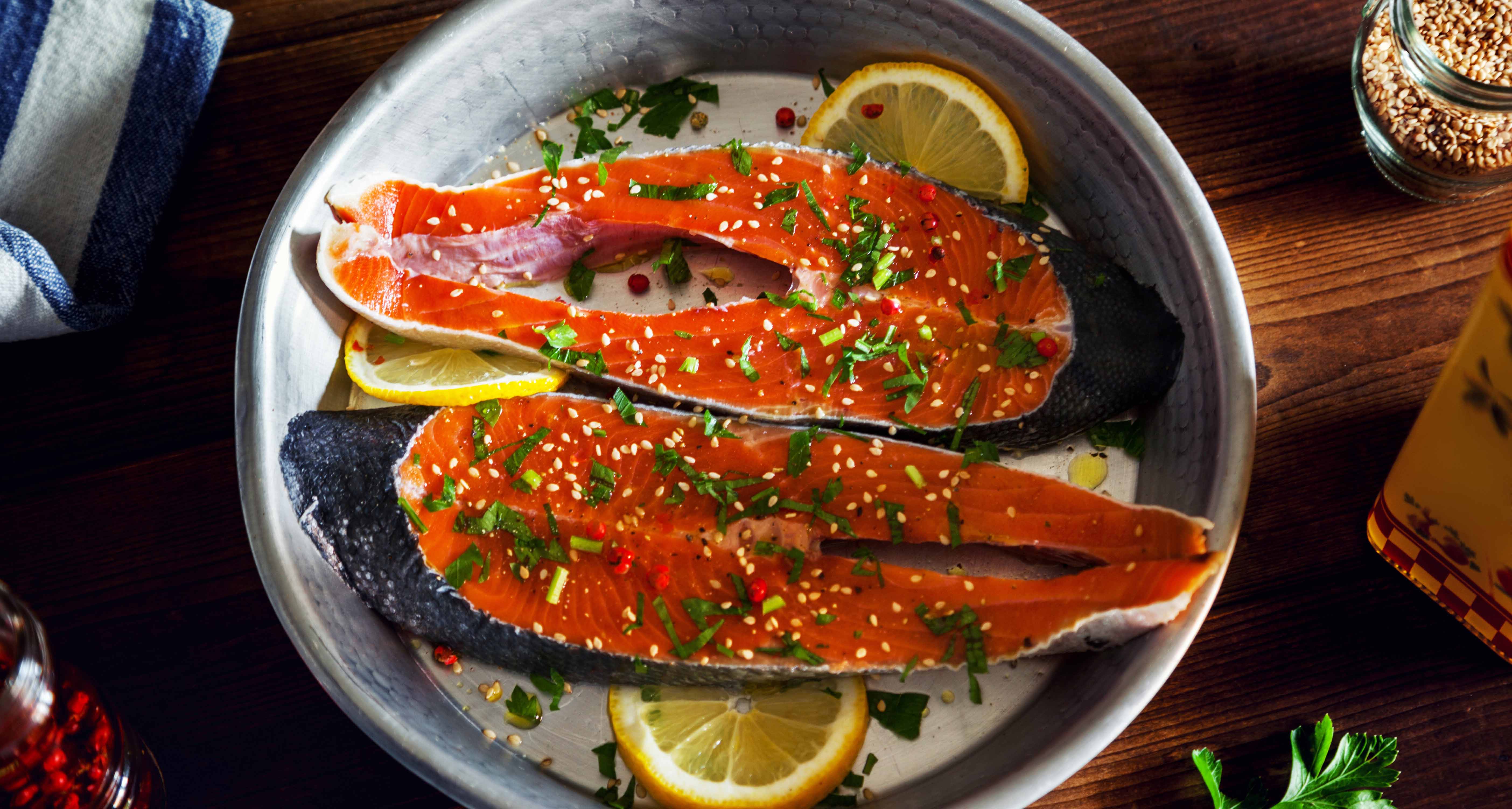
Packed with plenty of heart and brain-healthy omega-3 fatty acids as well as vitamins B and D, it’s time to get excited about this new member of WeightWatchers® Freestyle program! With 20 grams of protein per 3-ounce serving salmon is an easy and versatile choice for weeknight dinners the whole family will love.
Cooking salmon: It’s all about the timing
Salmon has a reputation for being difficult or time-consuming to properly prepare. Many home cooks have experienced how quickly salmon can go from perfectly cooked to overcooked. Test for doneness by flaking the thickest part of the salmon with a fork, it should be flaky and opaque throughout. If the salmon needs a bit more time to cook give it a minute or two at a time to prevent it from drying out.
If you’re just beginning to experiment with salmon you can use this temperature guide and a meat thermometer to ensure it’s cooked to your preferred level of doneness (aim for medium for best results).
- 110°-125°: rare to medium-rare
- 125°-140°: medium to medium-well
- 140° and above: well-done
Pan-seared salmon with crispy skin
Prepare salmon fillets by patting down the skin with paper towel. If you have the time, place the salmon skin-side up in a glass baking pan and place in the refrigerator uncovered for 2-3 hours so that the skin gets even more dry. Score the skin of the salmon fillets with a sharp knife, this will prevent the salmon from curling up when heated.
Heat a small amount of oil in a metal sauté pan over medium-high heat. Season the salmon with salt and pepper. Cook the salmon skin-side down in the hot pan for 4-5 minutes before flipping over during the last 20 seconds of cooking.
Let the salmon rest for a couple of minutes before serving. Season with fresh herbs, lemon or orange juice, capers, or red chili flakes.
Salmon in parchment paper
Steaming salmon in parchment paper (also known as en papillote) is a simple way to add plenty of flavour without excess fat. The best part? Cleanup is a snap! Begin with a large rectangle of parchment paper, you’ll need enough to fold over the salmon and seal around the edges. Make a small pile of veggies as a base for the salmon; zucchini, leeks, fennel, green beans, and asparagus all work well. Arrange the salmon on top of the veggies, topping with thinly sliced citrus wheels and fresh herbs for extra flavour. Fold the parchment over top of the veggies and salmon, crimping the edges together to form a tight seal. Bake the parchment package for 10-12 minutes in a 400°F oven, the parchment paper should puff up as it fills with steam. Serve salmon directly in the parchment, carefully cutting the paper open so steam can escape.
Baked salmon
Baked salmon is an incredibly forgiving recipe for beginners and it can be seasoned to suit any taste. Place salmon skin-side down in a lightly oiled, or parchment-lined glass or metal baking dish, seasoning with:
- Maple syrup
- Teriyaki sauce or soy sauce
- Miso paste
- Fresh herbs (cilantro, thyme, parsley, and dill)
- Olive oil
- Pesto
- Honey
- Crushed nuts
- Thai chili sauce
- Mustard
- Tapenade
Bake in a 400°F oven for 12-15 minutes before serving, basting the salmon with the marinade halfway during the cooking time.

